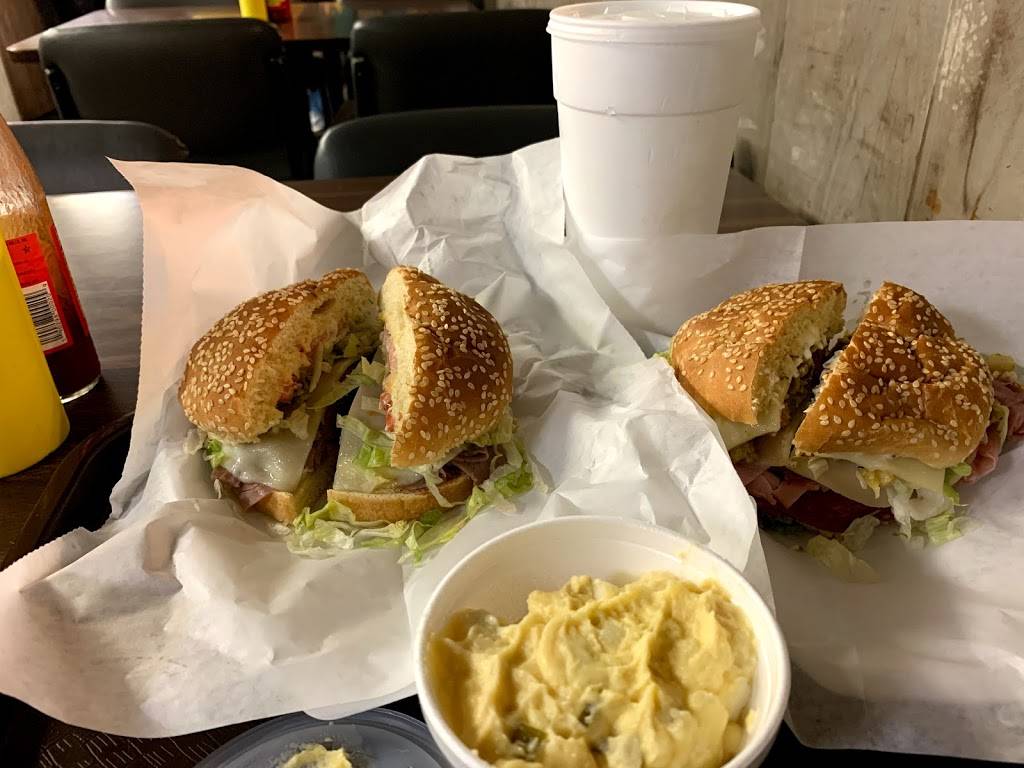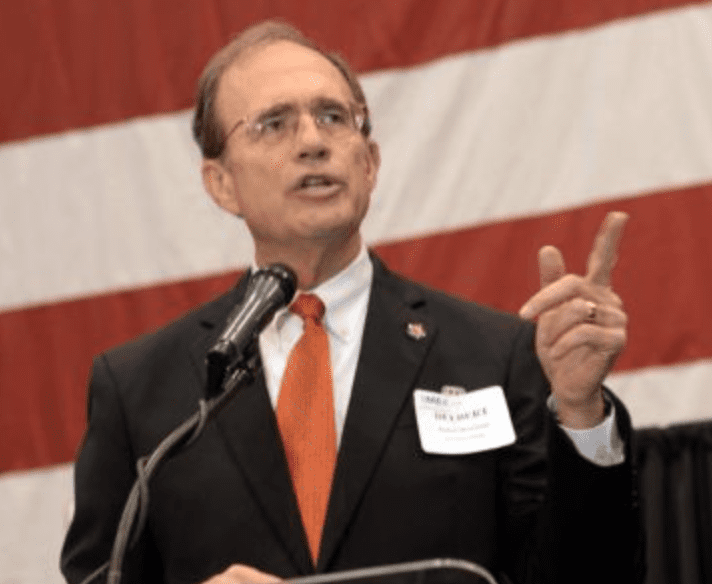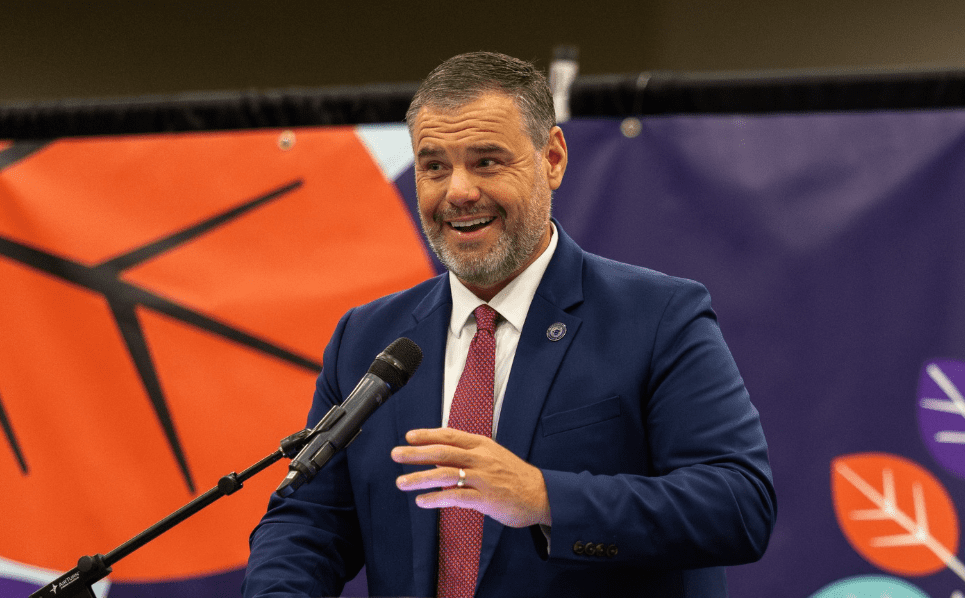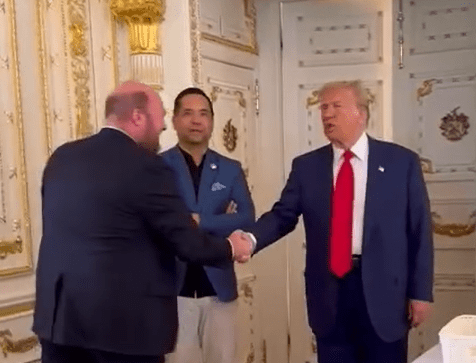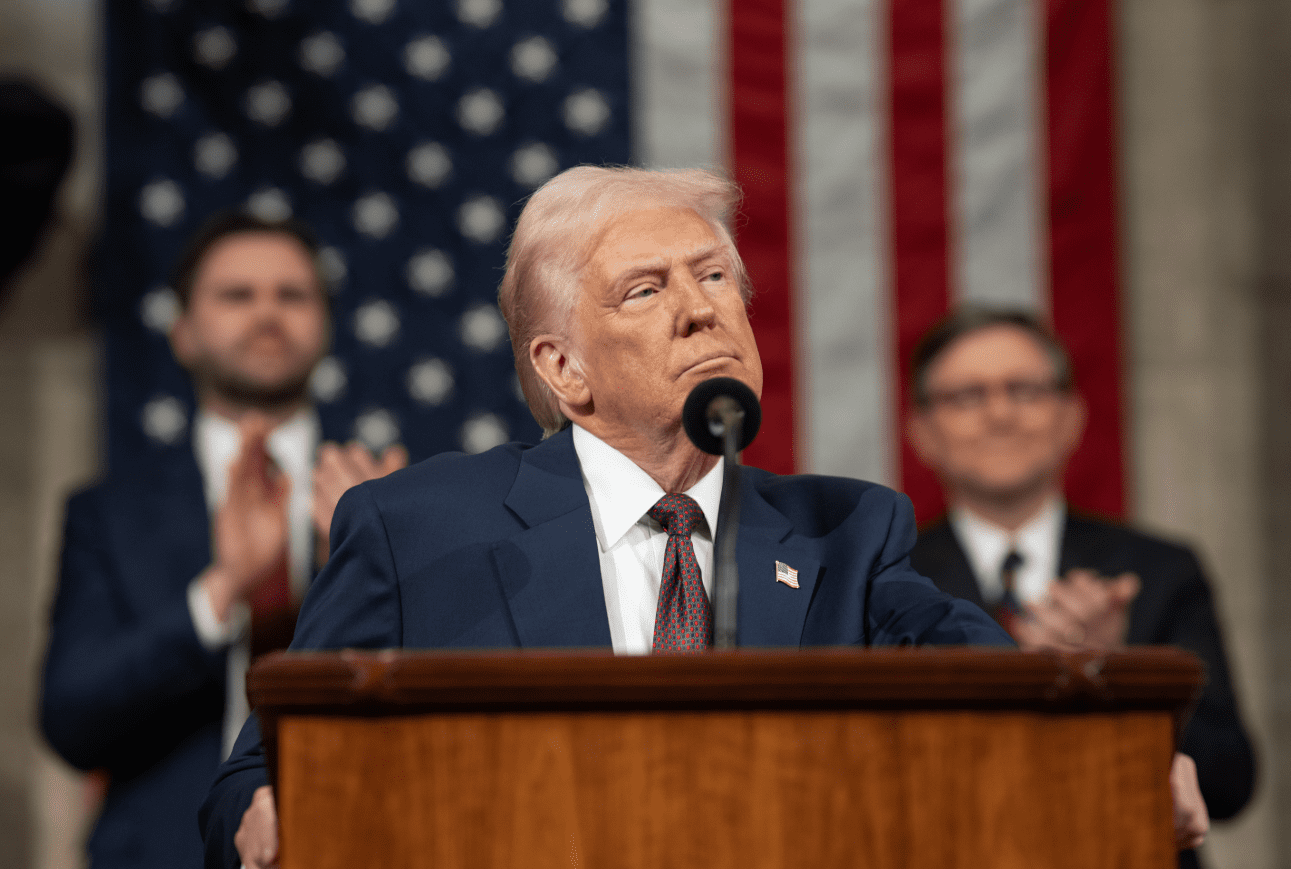
A Mississippi attorney, Carlos Moore, posted pictures of a young black man hanging from a tree and took to social media without a shred of evidence alleging a hate crime had occurred. Turns out that Moore has now been forced to publicly apologize when in fact the death was ruled initially as a suicide.
— Attorney Carlos Moore (@Esquiremoore) May 9, 2019
In his apology, Moore added: “Maybe if Mississippi was not proud to display the Confederate emblem in its official state flag I could trust that a full and complete investigation would be done in this instance. I still have my doubts but the next of kin has not asked for my assistance.”
Lynchings, the laying of nooses and church burnings are all searing examples of Mississippi’s abusive past. But in Mississippi in recent years, they’ve been weaponized by individuals seeking to falsely portray or in some stages actually stage a racially motivated crime that never even happened.
Laying of Nooses
A barrage of nooses and politically charged messages painted on signs littered the grounds of the State Capitol on the morning of the election between Senator Cindy-Hyde Smith and Mike Espy, who were running to fill the seat of retired Senator Thad Cochran. Initially, the hanging nooses on Election Day (runoff) 2018 in broad daylight on one of the most secure spaces in the state of Mississippi sparked rampant and hysterical social media speculation that white nationalists or other racially motivated hate groups were behind the display until the messages were released.
Chuck McIntosh, the Director of Communication for the Department of Finance Administration said one of the signs read “We’re hanging nooses to remind people that times haven’t changed.”
Upon the finding of the nooses, Mississippi lawmakers called for deeper investigation.
Gov. Phil Bryant said, “The perpetrators of this act will be identified and prosecuted to the fullest extent of the law. I have contacted the Department of Public Safety and the Federal Bureau of Investigation for assistance.”
Meg Annison, Speaker Philip Gunn’s spokesperson, expressed that Gunn condemned the act. Lt. Governor Tate Reeves said that all resources would be dedicated to finding who was responsible for the “reprehensible” display.
U.S. Attorney Mike Hurst also chimed in, saying the messages were “acts of hate and intimidation.”
Still, almost months later, there is no official update on the incident, no arrests and no publicly identified suspects but Department of Public Safety and Highway Patrol Spokesperson Captain Johnny Poulos said the “investigation is ongoing.”
Church Burning
Nooses and signs are not the only symbols of Mississippi’s past that have re-emerged over the years. Five days before the 2016 Presidential election, Hopewell Missionary Baptist Church near Greenville was torched and the words “Vote Trump” were spraypainted on the side. Again, there was local and national hysterical speculation that white nationalists or another hate group were involved, but it was later discovered a black church congregant was responsible for the fire and vandalism and did so specifically to make it appear racially motivated.
 White nationalist groups have a despicable past of spreading messages of racism and eradicating multiculturalism in the name of politics, utilizing icons of fear and hatred that has so long represented and furthered the divide between the peoples of the South. But trying to falsely leverage that legacy is nearly equally as damning to the public discourse.
White nationalist groups have a despicable past of spreading messages of racism and eradicating multiculturalism in the name of politics, utilizing icons of fear and hatred that has so long represented and furthered the divide between the peoples of the South. But trying to falsely leverage that legacy is nearly equally as damning to the public discourse.



